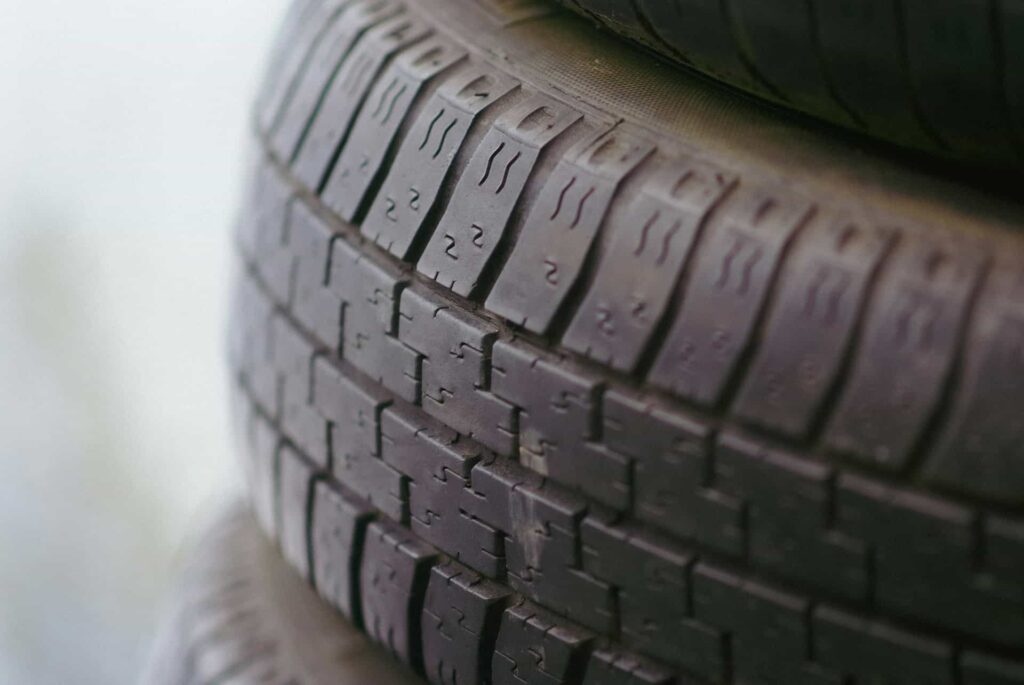Vehicle Weight and Tire Wear Calculator
Vehicle Weight
Heavier vehicles naturally exert more pressure on their tires because the weight of the vehicle is directly supported by the tires. This increased pressure leads to a higher rate of tire wear because the rubber compounds in the tire tread are subjected to more stress and friction with the road surface. Essentially, the heavier the vehicle, the harder the tires have to work, and the faster they will wear down.
Tire Pressure
Tire pressure is critical for tire longevity and safety. Properly inflated tires maintain their optimal shape, allowing for even distribution of the vehicle’s weight across the tire’s tread pattern. This even distribution is key to ensuring that the tire wears evenly. Under-inflated tires can cause the tire’s edges to wear out more quickly, while over-inflation can lead to excessive wear in the center of the tread. Regularly checking and maintaining the correct tire pressure is a simple way to extend tire life.
Tire Age
Tires naturally degrade over time, even if they are not used. Rubber compounds in the tires can dry out and become brittle, leading to cracks, which compromise the tire’s structural integrity. This degradation affects the tire’s performance and can increase the rate of wear because the tire may not perform as efficiently in dispersing heat or maintaining grip. The general rule of thumb is that tires should be inspected regularly after five years and should be replaced after ten years, regardless of tread depth.
Storage Conditions
Tires stored in poor conditions (such as in direct sunlight, high humidity, or extreme temperatures) can age prematurely. UV light, ozone, and significant temperature fluctuations can deteriorate the rubber compounds, reducing the tire’s lifespan before it is even used. Proper tire storage involves keeping tires in a cool, dry, and moderately ventilated area away from direct sunlight and ozone sources.
Weather Conditions
Extreme temperatures, both hot and cold, can significantly affect the material properties of tires. High temperatures can make the rubber compound softer, leading to faster wear, while very low temperatures can make tires hard and brittle, increasing the risk of damage. Changes in weather can also influence tire pressure, with colder temperatures lowering it and hotter temperatures increasing it, affecting tire wear as a result.
Load Distribution
Improper load distribution can cause uneven wear on tires. For example, if a vehicle is consistently loaded more heavily on one side, the tires on that side will wear down faster. This is why rotating tires is recommended, as it helps ensure even wear across all tires by changing their positions on the vehicle.
Towing
Towing increases the stress on tires by adding extra weight and altering the vehicle’s dynamics. This additional stress can accelerate tire wear, especially if the tires are not properly inflated for the extra load or if the vehicle and trailer are not correctly aligned.
Driving Habits
Aggressive driving habits such as hard braking, fast acceleration, and sharp cornering put extra stress on tires, leading to faster wear. These actions generate excessive heat and friction, which wear down the tread more quickly than smooth, consistent driving.
Road Conditions
Driving on rough or unpaved roads can cause additional wear on tires through increased friction, impacts with sharp objects, and exposure to elements that can degrade the tire material. Potholes, sharp rocks, and other obstacles can also cause immediate damage to tires, leading to premature wear or even sudden tire failure.
